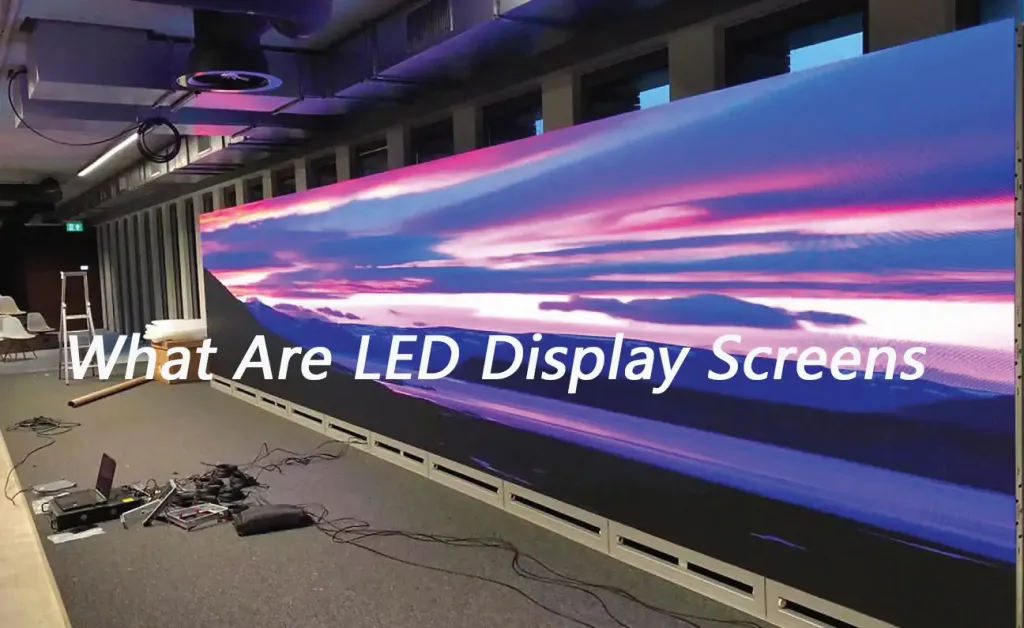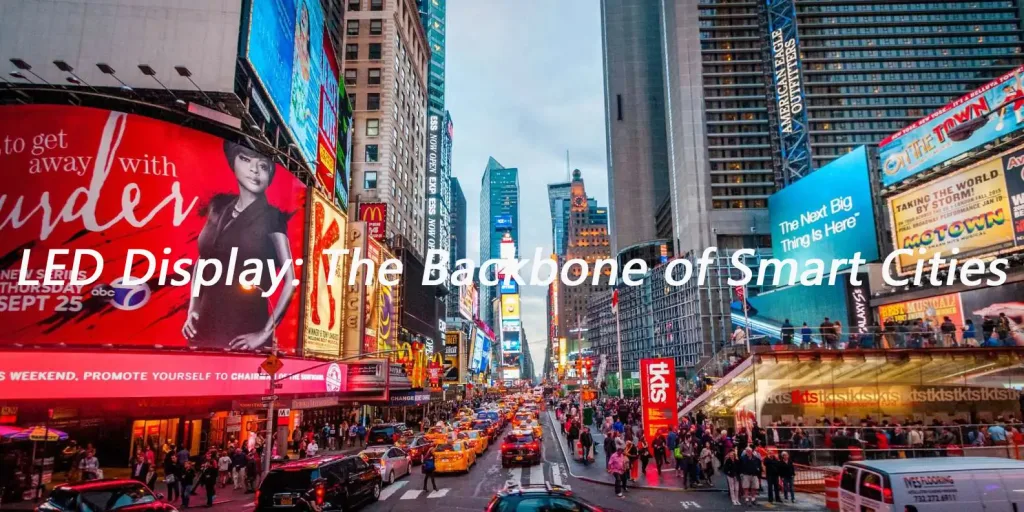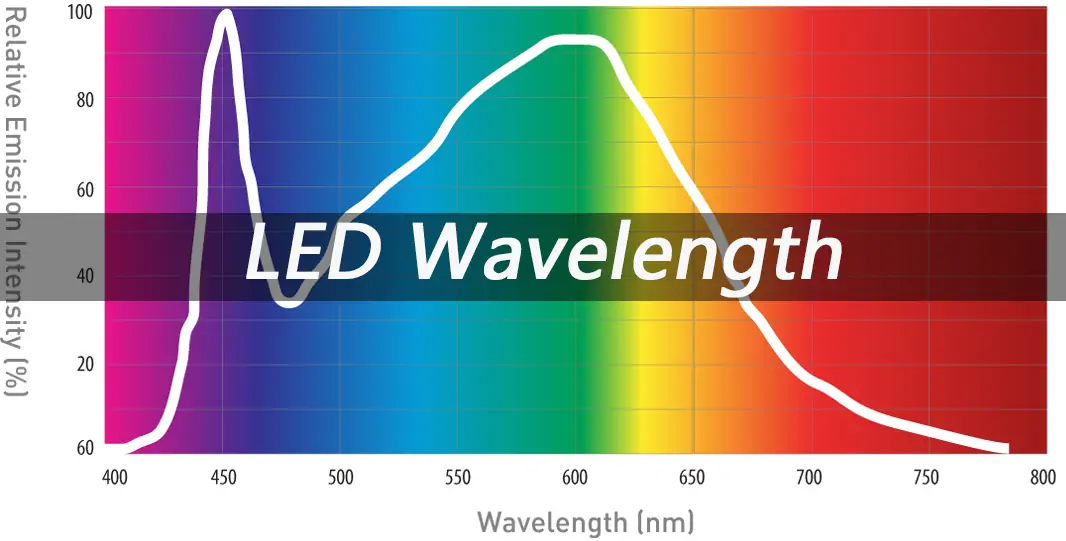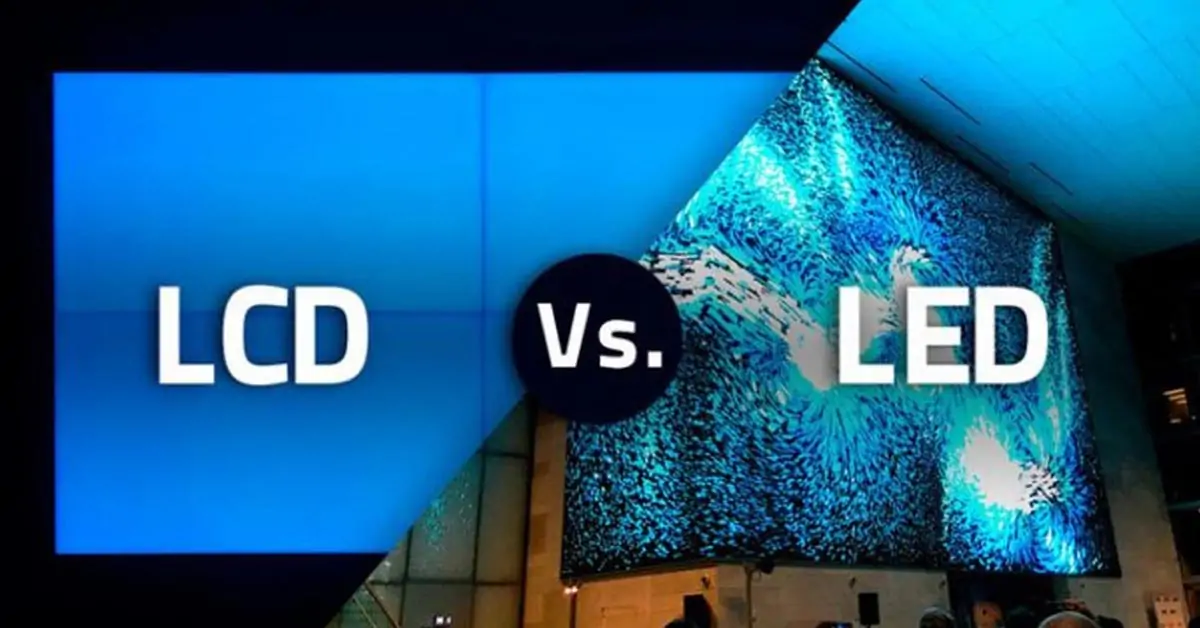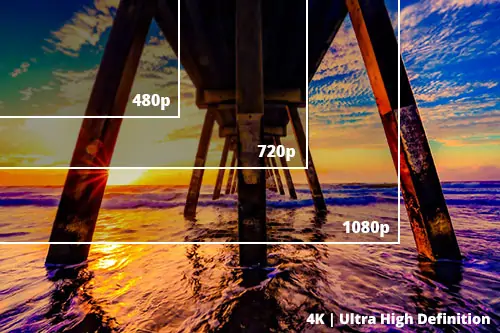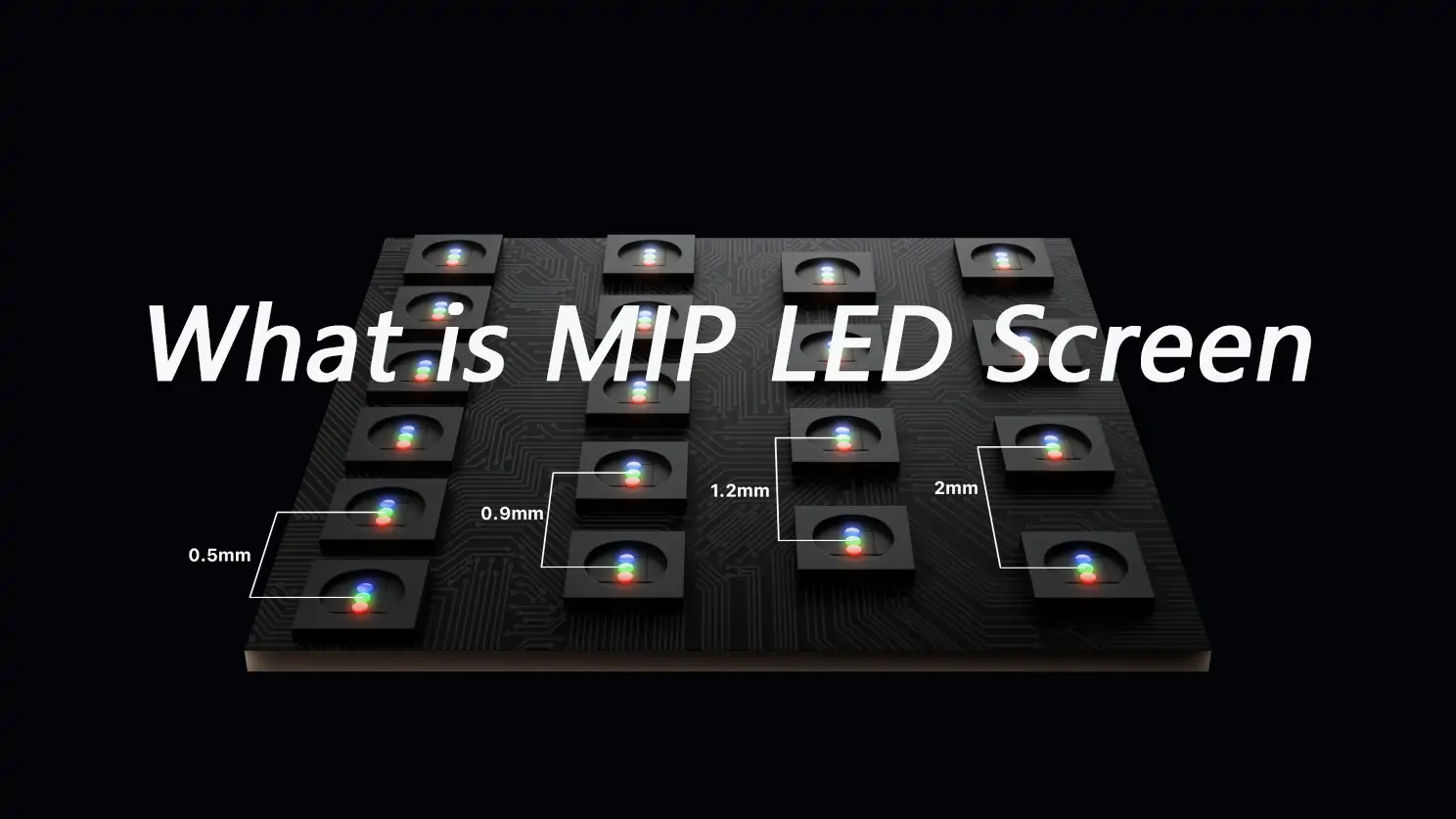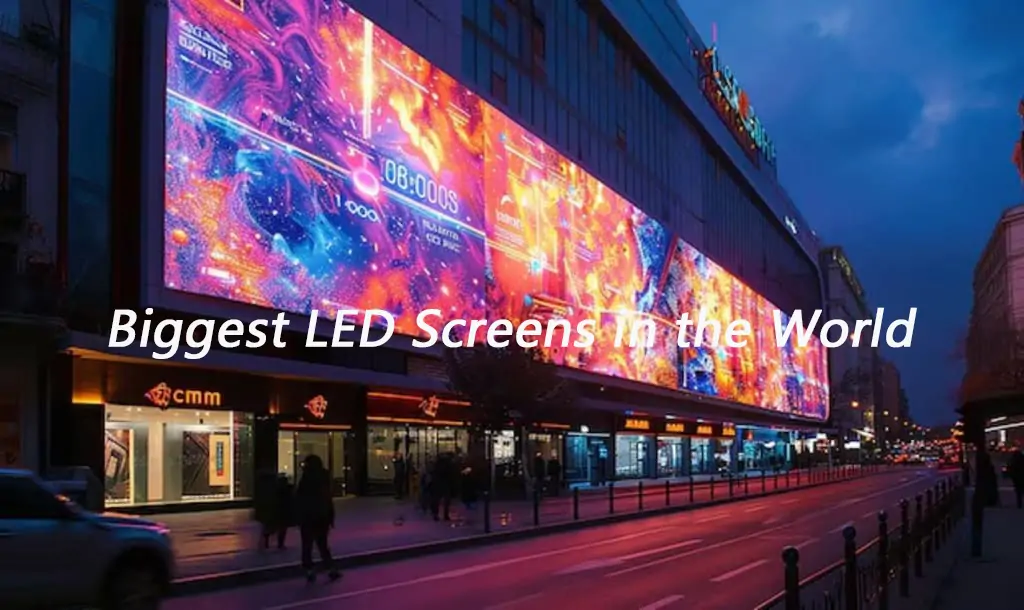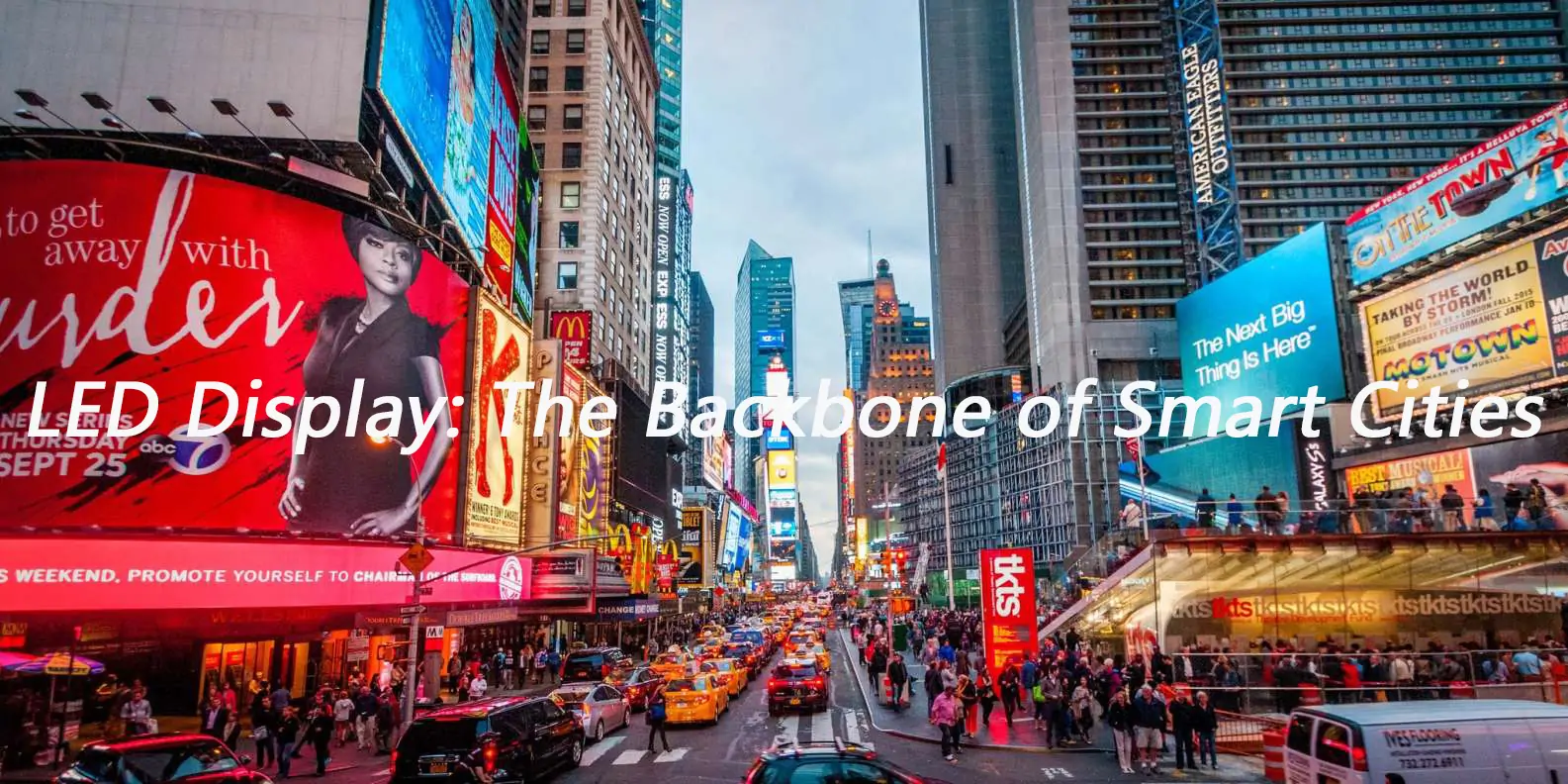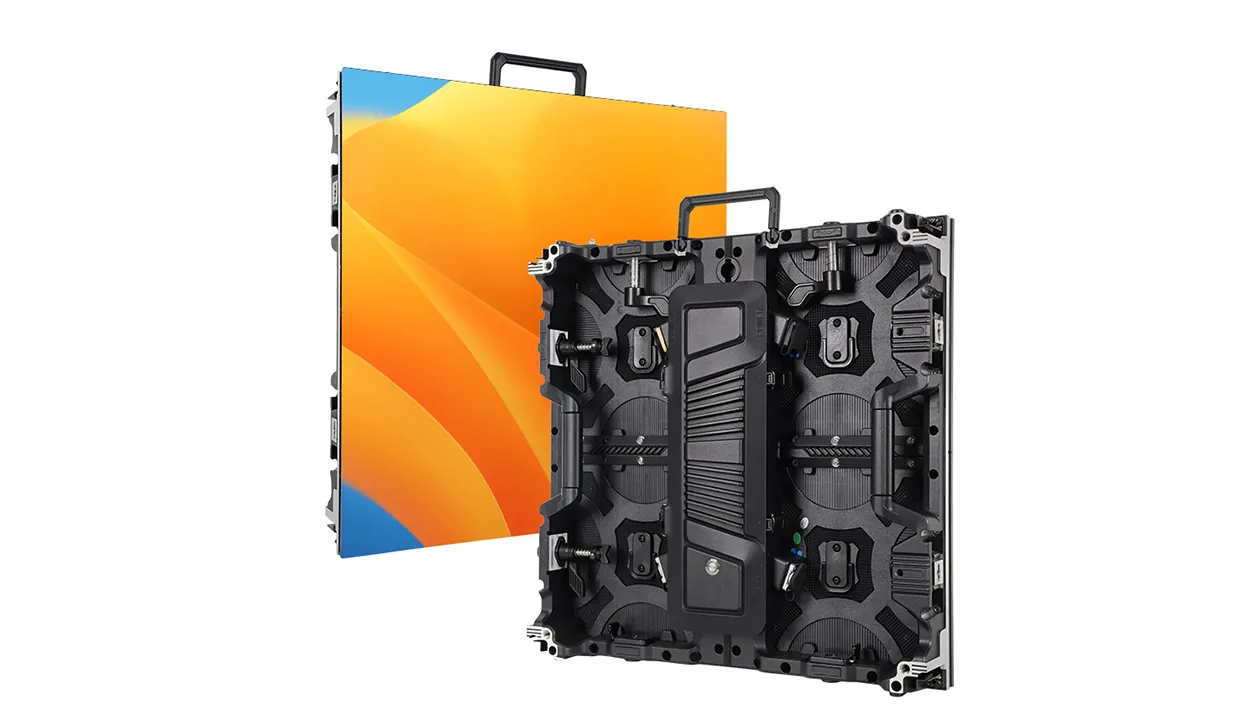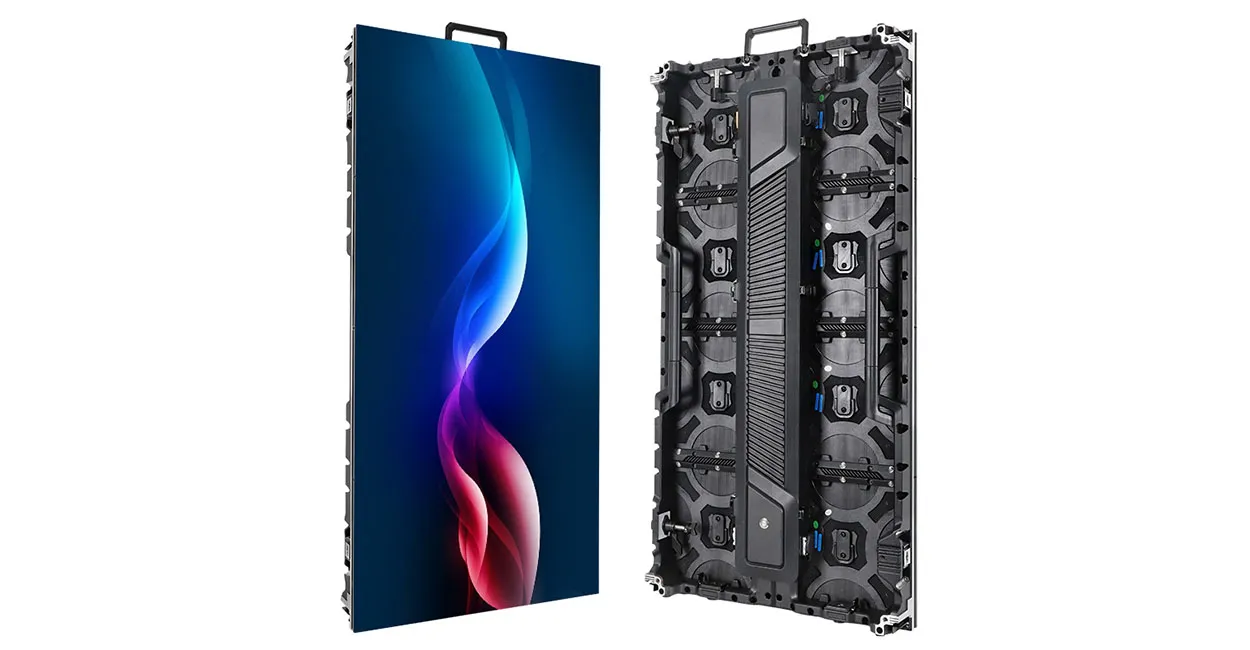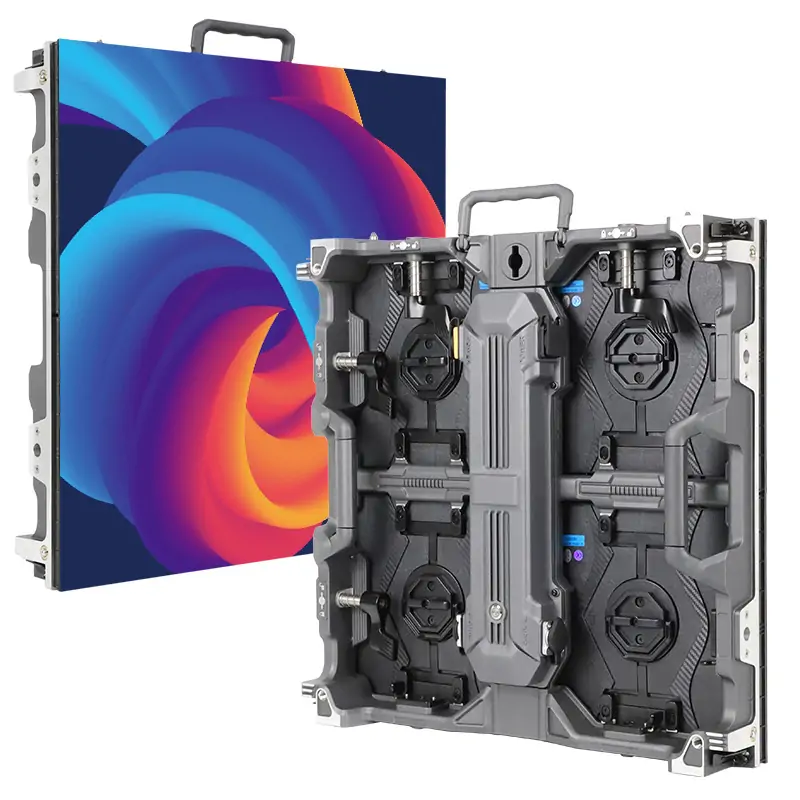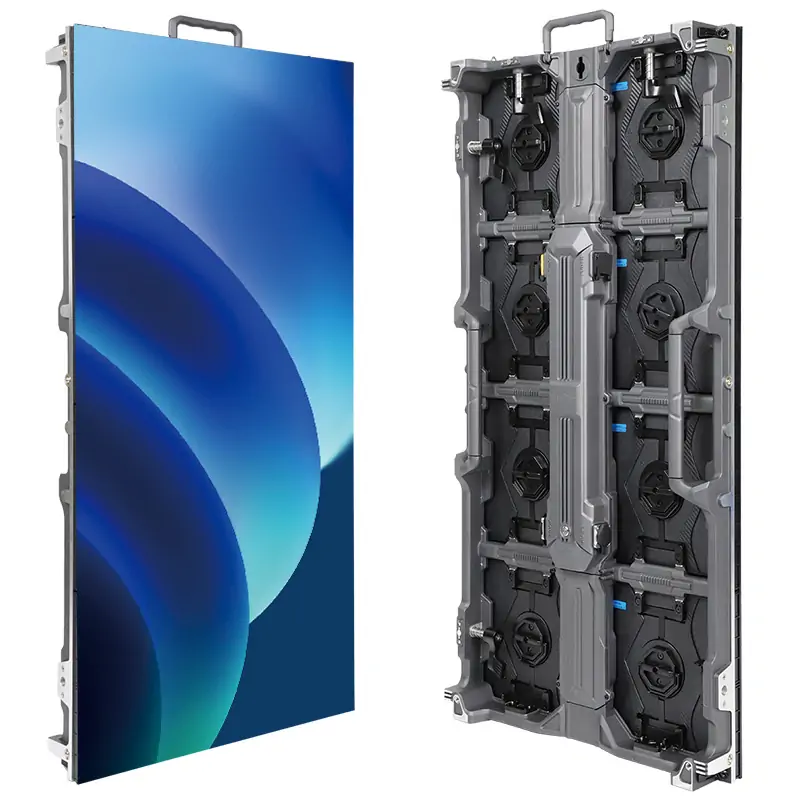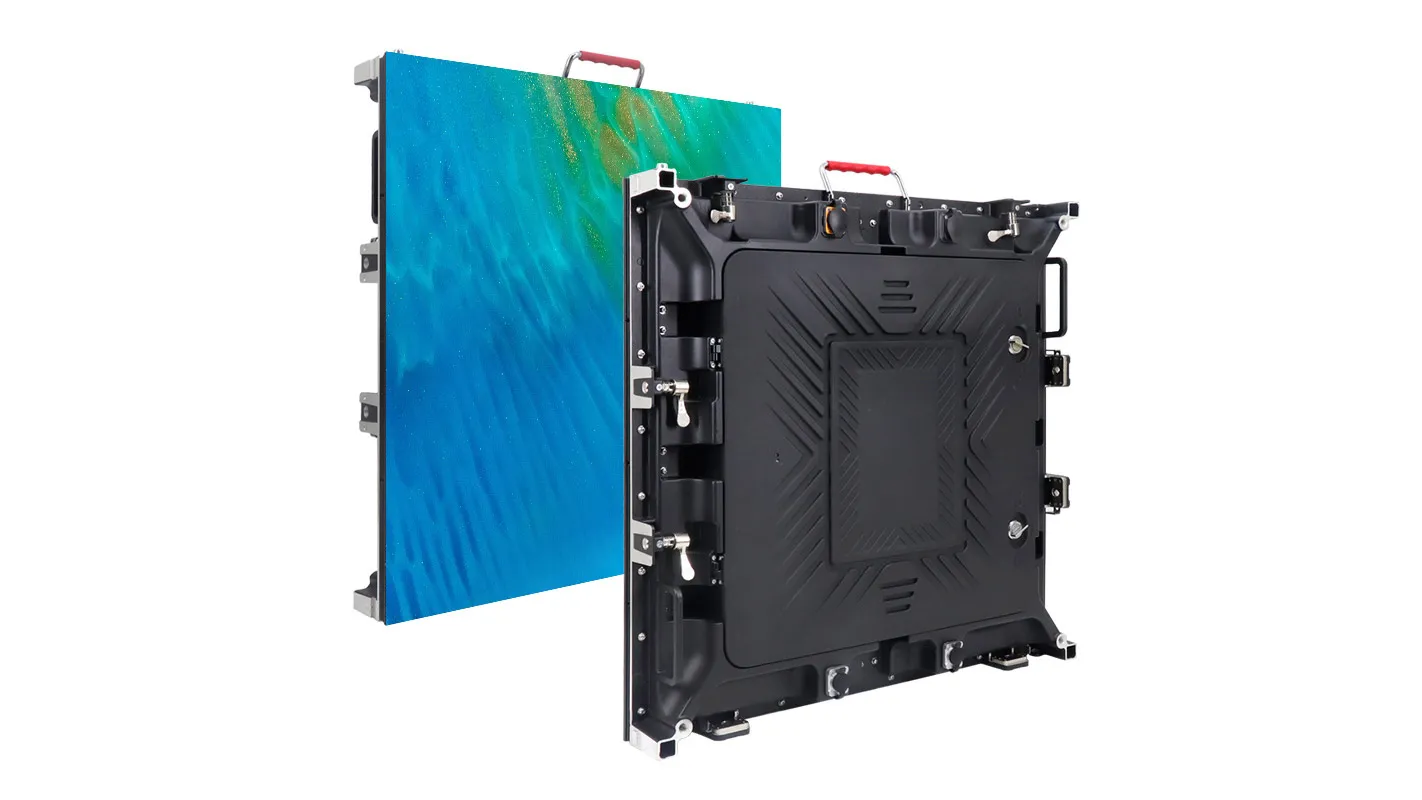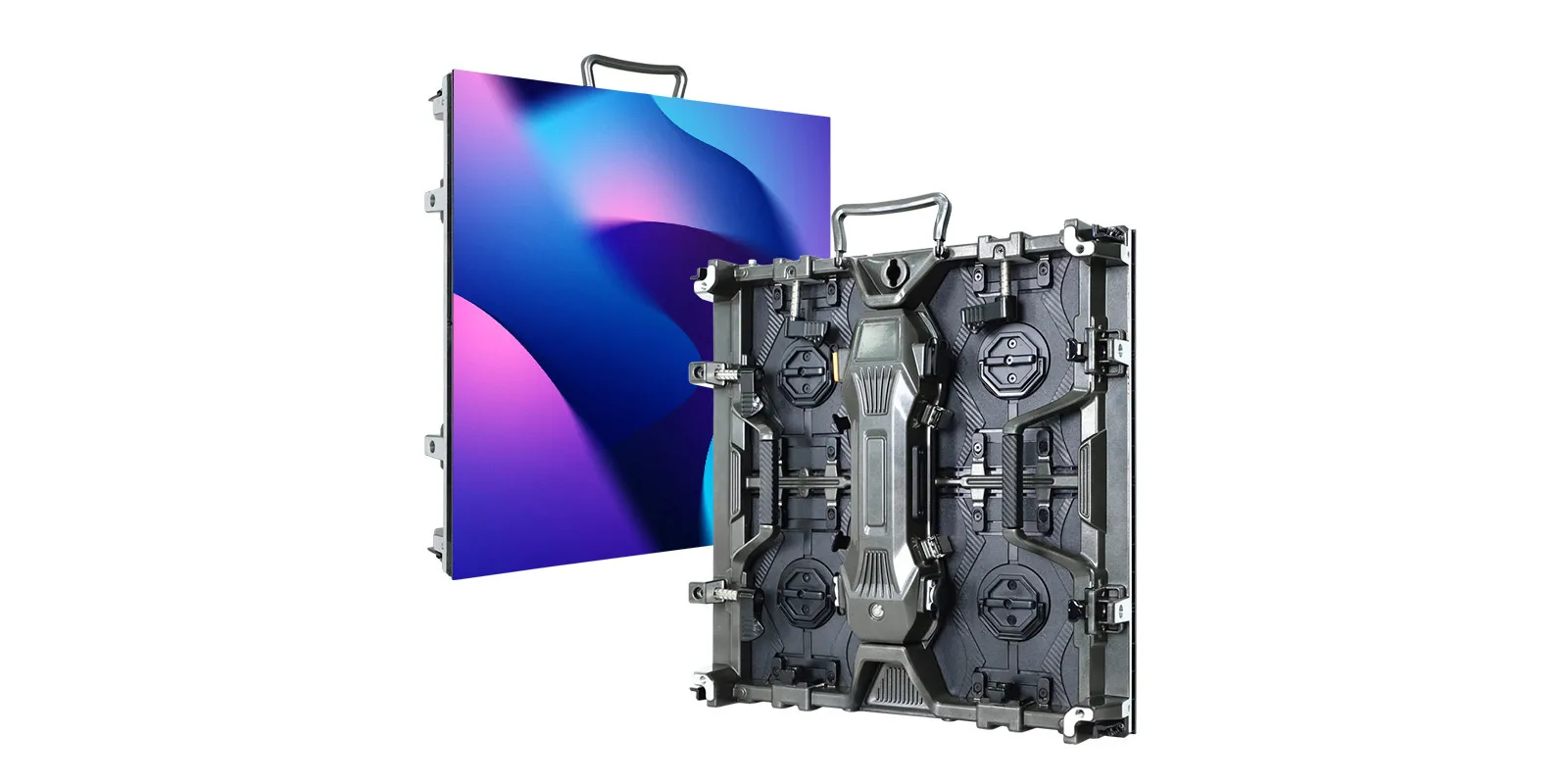The introduction of cinema LED screens into display technology is revolutionizing the movie industry. In contrast to traditional projectors, these screens offer brighter visuals, high color accuracy, and deeper blacks, making the audience experience more advanced.
But what exactly are the Cinema LED screens? How do they compare to conventional projectors? And will they completely replace traditional cinema screens?
Whether you are a moviegoer curious about the future of cinema screens or a business owner who wants to invest, this article is your ultimate guide for understanding cinema LED display technology.
1. What is a Cinema LED Screen?
A Cinema LED screen is a modern display technology made up of tiny diodes that emit light to produce high-resolution visuals.
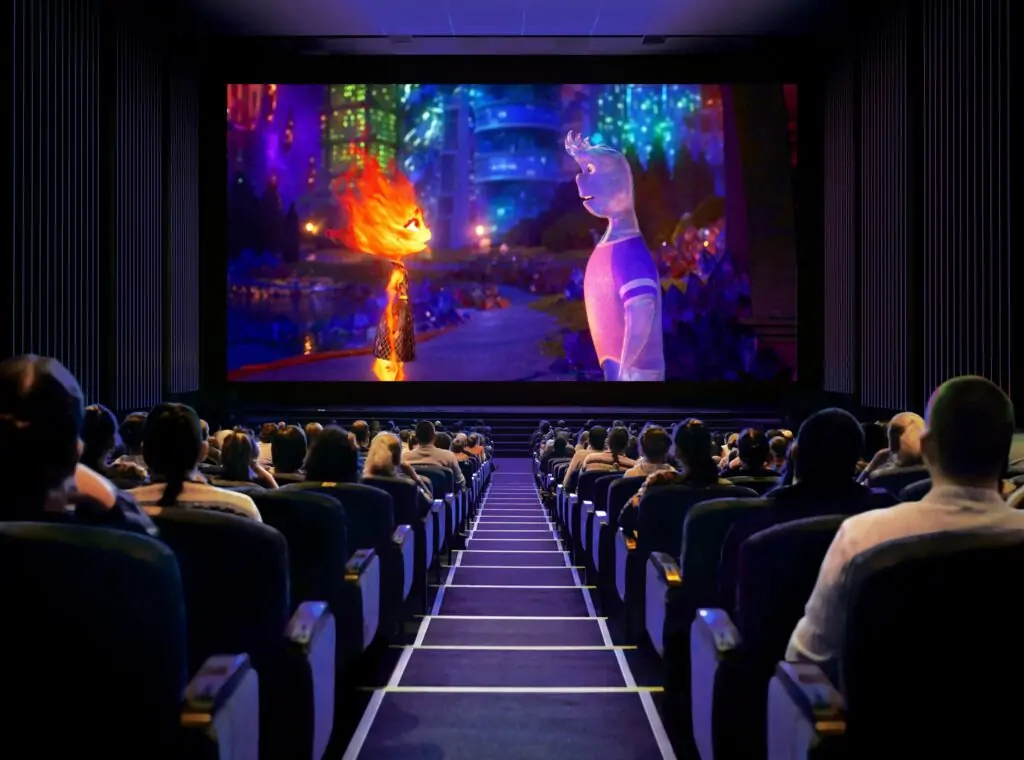
1.1 How Does Cinema Display LED Technology Work?
It’s not just high-tech—it’s pixel-perfect. Cinema LED technology uses the fine-pitch LED or self-emissive microLED, in which each pixel emits its light, where there is no need for an external projection. The key features of this technology are:
1. Basic Structure
Every pixel matters—literally.
The primary component of cinema LED screens is LED panels that consist of thousands of mini light-emitting diodes and are joined seamlessly, thus producing high-resolution, enormous displays.
The distance between pixel pitches is kept smaller because a smaller pitch means higher resolution, which is necessary for close-up viewing.
1.2 How LED Cinema Screens Create Images
From light to life—how visuals leap off the screen.
Each pixel in the Cinema LED screen is made up of RGB lights, i.e, red, green, and blue. This group of light combines to create millions of colors. Unlike projectors that reflect light, LED screens make their own light. Thus, they can reach a high brightness and are able to produce the real viewing experience even though the individual LED lights are completely turned off. So, they can produce great visual contrasts in both dark and bright areas, and they are best suited for HDR visuals.
1.2.1 Processing & Playback
When you want to play 4K or 8K HDR content (which are ultra-high-resolution, high-dynamic-range videos), the video quality is very demanding. To ensure it looks perfect on a display, a high-performance media server is used. All LED panels retain color accuracy and consistency thanks to sophisticated calibrating tools. Further improving image clarity, LED screens don’t need a reflecting silver screen because they produce light directly.
1.2.2 Audio Integration
Certain movie LED screens, such as Onyx, have speakers behind the screen for accurate sound placement and object-based audio systems, like Dolby Atmos.
2. Why is LED Disrupting Traditional Projection?
Let’s know how movie screens are undergoing their biggest transformation in decades. Remember when theaters switched from film projectors to digital? Well, we’re in the middle of another revolution – the rise of LED cinema screens.
It all started when Samsung introduced its Onyx LED screen in 2017. This wasn’t just another TV – it was the first LED screen specifically designed for movie theaters. What made it special? In the earlier times, it was about just a few times brighter than traditional projectors. Just imagine you are watching a movie where you are experiencing the colors just like in real life, where the blacks are truly black, not just dark gray.
Traditional projectors no doubt work well for years, but they have some limitations, such as:
- The bulbs dim over time.
- The image can look washed out.
- 3D movies appear especially dark.
LED screens solve all these problems because each tiny light (called a pixel) can control its brightness and color independently.
Here’s why theaters are getting excited:
- The picture stays perfect year after year – no more fading bulbs
- You get incredible contrast – when a scene is supposed to be dark, it’s dark
- Colors look more vibrant and true-to-life
- The screen can be brighter while still maintaining great picture quality
But it’s not just about a better picture. These new LED screens are changing how theaters operate. There’s no projector to maintain, no special screen surface needed, and some even have built-in speakers that make the sound come directly from where the action is on screen.
3. Why Are LED Cinema Screens Growing in Popularity?
When performance meets precision.
Cinema LED screens are revolutionizing traditional movie projection by offering superior visual performance. Below are some of the key features that show why they are gaining popularity in today’s era.
- High Resolution: Features with 4K and 8K resolutions that are needed for sharp and modern visuals.
- Color Accuracy: The most striking feature of the cinema LED screen is uniform and consistent color accuracy over time without any light dimming and color shifts.
- No Maintenance: There is no need for projector maintenance, such as lens alignment, dust spots, and bulb replacement.
- Contrast Ratio: The contrast ratio in these screens is typically, which provides perfect high dynamic range performance.
- Wide Viewing Angle: You can see the screen from any angle or distance in the theater with a clear and consistent brightness.
- DCI Compliance: These screens meet the DCI standards set for high-end theaters or studios, thus ensuring optimal performance.
4. Comparison Of Cinema LED Screen & Traditional Projectors
A side-by-side comparison that leaves no room for doubt. Below is the technical and functional comparison between Cinema LED screens and traditional projectors, so that you become aware of the future technology.
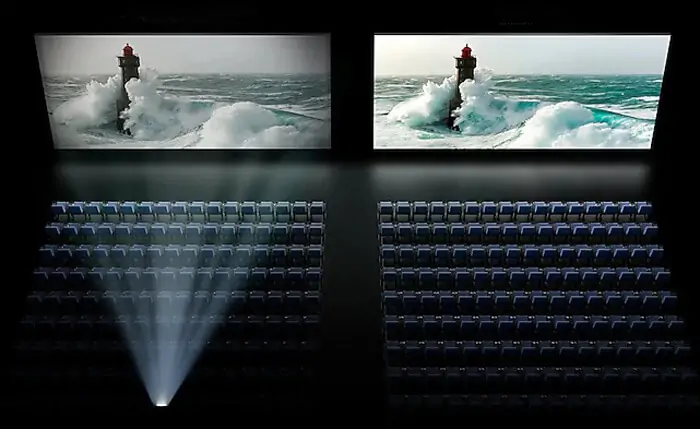
4.1 Image Quality
Traditional Projectors:
- The brightness of traditional projectors is Limited to ~48-108 nits.
- The Contrast ratio is typically 2,000:1.
- The screen’s color gamut is limited to approximately 80-85% of the DCI-P3 color space.
- Light scatter reduces black levels
Cinema LED:
- Brightness of traditional projectors ranges from 4,000-10,000+ nits brightness capable of displaying HDR content.
- Infinite contrast (per-pixel light control)
- Wider color gamut (100% DCI-P3, approaching Rec. 2020)
- Perfect blacks with zero light bleed
4.2 Operational Factors
Projector Limitations:
- Bulb/laser degradation over time.
- Requires regular calibration (convergence, color uniformity)
- Silver screen hotspotting (up to 30% brightness falloff at edges)
- 3D light loss (≥80% brightness reduction)
LED Advantages:
- Stable brightness over 100,000+ hours lifespan
- No convergence or focus maintenance
- Perfect screen uniformity (no hot spots)
- Native 3D without light loss
4.3 Technical Performance
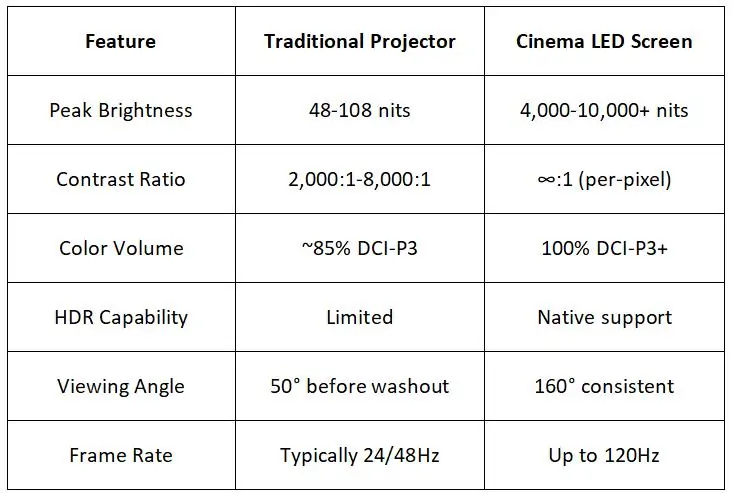
Projector Systems:
- Lower upfront cost ($50k-$150k for laser)
- Ongoing costs: $1k-$5k/year in lamp/laser maintenance
- 5-7 years typical laser source lifespan
LED Systems:
- Higher capital investment ($500k-$1.5M installed)
- Minimal maintenance (no consumables)
- 100,000+ hour lifespan (15+ years at 18hrs/day)
4.4 Content Compatibility
Projector Benefits:
- Universal DCI compliance
- Established a workflow for all legacy content
LED Requirements:
- Needs HDR grade content for full potential
- Some legacy content may require remastering
5. Applications of Cinema LED Screens
From blockbuster films to esports championships—Cinema LED is everywhere. Below are some of the high-end applications where cinema LED screens are used widely.
5.1 Commercial Movie Theaters
Cinema LED screens are mainly used in large-format auditoriums. Specialized LED panels, manufactured by top companies such as Samsung and Sony, have the potential to displace conventional projector systems. These panels excel in HDR and 3D presentations, eliminating the brightness loss often associated with projected 3D content. Major film festivals and special events now frequently use LED screens to present digital cinema content in its purest form, free of the constraints of projection technology.
5.2 Live Events and Broadcasts
Concert halls and music venues utilize these screens for dynamic displays, as they can easily transform the displays during the performance. Their ultra-bright and high-resolution features make them the best for sports clubs and venues that perform live-streaming in 4K or 8K resolution. Furthermore, their visual accuracy creates a more engaging experience; thus, the corporate sector also seems to utilize them for product launches and presentations.
5.3 Virtual Production and Filmmaking
The adoption of cinema LED screens in the filmmaking industry is increasing day by day, as they allow filmmakers to use real-time photorealistic landscapes, replacing conventional green screens. This enables directors to view the final visual effects during shooting, transforming previsualization and reducing post-production expenses.
5.4 Theme Parks and Immersive Attractions
Cinema LED screens have a feature of producing thrilling experiences. Some LED screens have the capability of being touched or moved, thus attracting the visitors. While some LEDs have a 360-degree dome feature that reminds visitors that they are inside the display.
5.5 Home Theaters and Marine Entertainment
Luxury applications have emerged in Home Theaters and Marine Entertainment, where high-net-worth individuals install cinema-grade LED screens in private viewing rooms and superyachts. These installations deliver theater-quality experiences in exclusive residential and marine environments.
5.6 Retail and Advertising
The clarity and remarkable brightness of cinema LED displays make them best for luxury brand stores and outdoor advertising. The impact of these visuals lasts long, thus used by retailers and advertisers for upscale product displays and billboards.
5.7 Gaming and Esports Arenas
The LED screens seem to be highly used in gaming and esports arenas and movie theaters. Tournament venues use this screen because it provides a high refresh rate and a lag-free watching experience.
6. What is the Price Of a Cinema LED Display?
The price tag? It depends on the pixels and power.
The price of a Cinema LED screen varies significantly depending on size, resolution, brand, and DCI certification.
Factors Affecting Cinema LED Screen Price:
- Pixel Pitch (P1.2 to P4.0) – Finer pitch = higher cost.
- Brightness (300+ nits for DCI compliance) – Higher brightness = more expensive.
- DCI Certification – Adds 10-30% to the price.
- HDR & Dolby Vision Support – Increases cost by 15-25%.
- Installation & Calibration – Can add $20,000 – $200,000+ depending on complexity.
- Maintenance & Warranty – Extended warranties (5-10 years) add 5-15%.
7. Future Of Cinema LED Screen
The screens of tomorrow are already here.
The future of movie theaters and other related industries is highly dependent on the Cinema LED Screen. These industries are undergoing a digital transformation, driven by the desire for more precision, brightness, and clear visuals, all of which cinema LED screens provide.
The previous section also emphasized the unique characteristics of these screens, demonstrating why they are positioned to replace standard projectors.
Because Cinema LED’s are expensive, these screens are mostly shown in just high-end theaters. While for some applications, projectors are still used due to budget constraints. However, due to its superior quality and operational benefits, Cinema LED technology is positioning itself as the standard of the future in the display sector. It is likely that more and more theaters will adopt this technology in the upcoming years.
The next time you go to the movies, look closely – you might be watching on one of these next-generation LED screens without even realizing it. And when you see how stunning the picture looks, you’ll understand why this technology is the future of cinema.
8. Certification & Standards for Cinema LED Screens
Trust is earned with certification. Below are the important certifications and standards that must be needed to consider while manufacturing or purchasing an LED Movie Screen.
8.1 DCI Compliance: Why it matters
Cinema LED screens must meet compliance with the DCI to ensure the reliability, performance, and safety standards. DCI compliance is the standard set for display technologies, such as color accuracy(DCI-P3 gamut), resolution, and contrast ratio. For commercial cinemas, it is mandatory to have a DCI certification; without it, LED Cinema screens are unable to meet the industry standards in professional movie theaters or related areas.
8.2 Environmental Considerations
Environmental considerations are very crucial for maintaining the sustainability goals. For cinema LED screens, the notable environmental certifications are ISO 9001 and 14001, ensuring that the best practices are followed while manufacturing;:
- Quality control in terms of energy efficiency, as a Cinema LED screen has to be played for more than 12 hours per day.
- Environmental responsibility ensures that manufacturing is done in an eco-friendly way.
8.3 Safety Certifications
LED screens run for longer periods of time, tend to consume high power, so they must meet the safety standards before being used in movie theatres. The two important safety standards for movie LED screens are:
- Electrical safety certifications such as UL and CE are necessary. These ensure that the screen has an efficient cooling system that prevents them from overheating when playing for a long time.
- Fire resistance ratings are tests to check how much smoke is produced and how fast the flame spreads.
All these certifications—for performance, safety, and environmental standards—give cinema owners (exhibitors) confidence that the LED screens they are using:
- Deliver high-quality, theatre-level performance.
- They can be used in public areas without risk.
- Follow eco-friendly and responsible manufacturing practices.
These three areas—performance, safety, and environmental responsibility—are described as the “three pillars” for adopting modern cinema technology.
9. Notable Installations Worldwide
Seeing is believing—these global giants prove it.
9.1 Global Showcase Installations
1. AMC Dolby Cinema (USA)
- Partnership between AMC and Dolby Laboratories.
- Combining Dolby Vision with LED screen technology.
- Currently rolling out in major US markets.
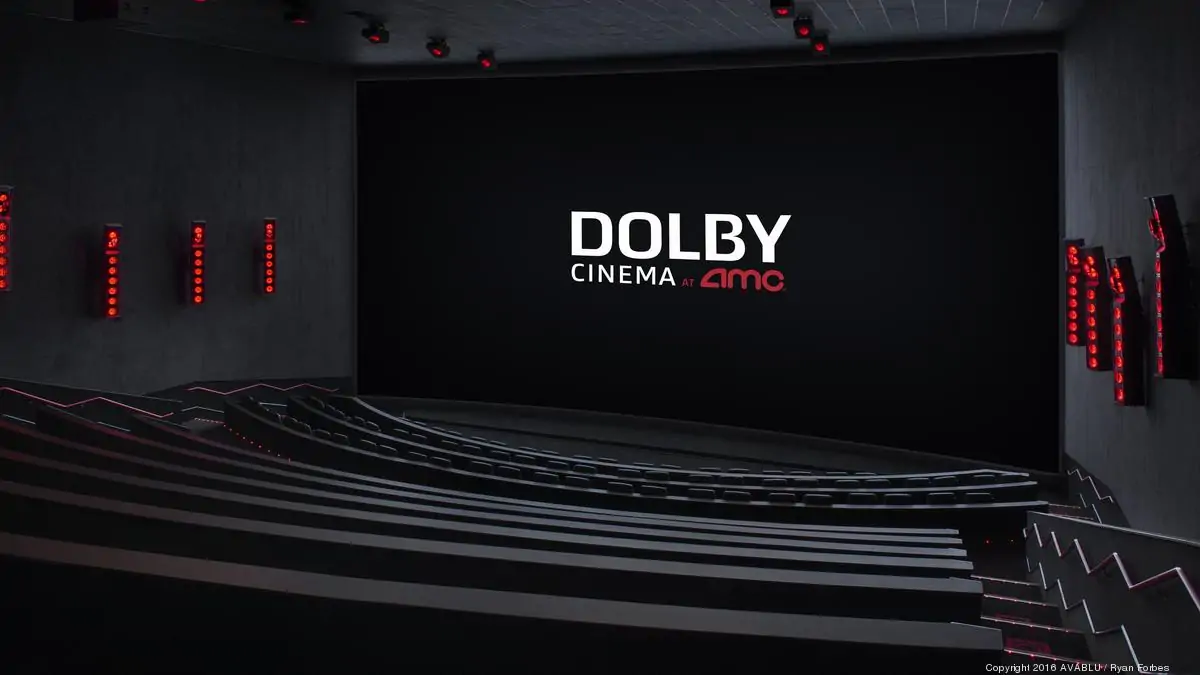
2. Dubai’s 24m Outdoor Cinema Screen
- World’s largest outdoor cinema LED installation.
- Weather-resistant design for desert conditions.
- Used for special screenings and cultural events.
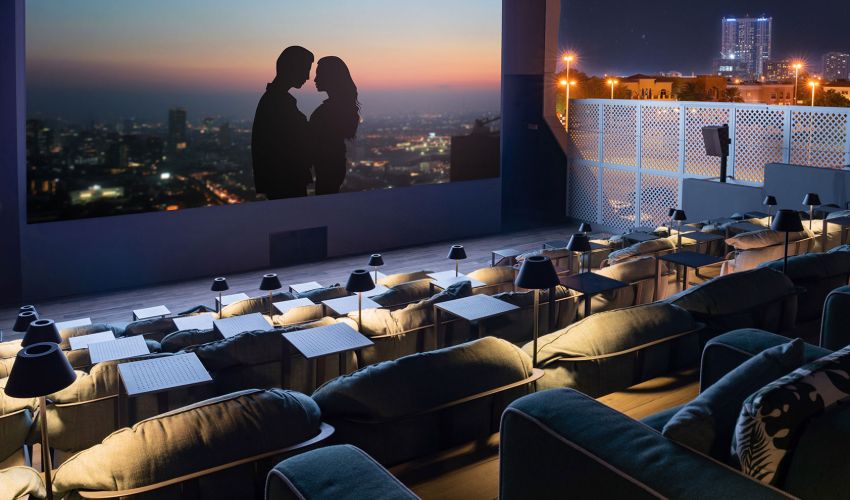
9.2 China
Wanda Cinemas’ 14m 4K LED Wall is one of China’s first commercial cinema LED installations. It has 4K resolution with premium HDR capabilities, and is currently installed in select Wanda luxury theaters.

Shanghai CGS 20m Curved Display is a massive curved LED screen that enhances immersion, specialized for high-profile film premieres and events. It features advanced 3D compatibility.
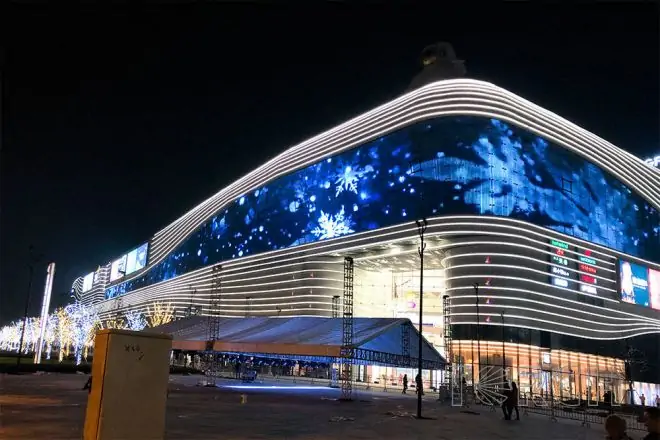
10. 5 Critical Specifications for Cinema LED Screens
Specs matter—especially in cinema.
When evaluating cinema LED solutions, these technical parameters separate premium theatrical displays from conventional commercial models:
10.1 Peak Brightness (600+ Nits Minimum)
For authentic HDR performance, seek screens maintaining 600+ nits full-field brightness (1,000+ preferred for 3D). This ensures compliance with DCI’s 14fL standard and overcomes ambient light challenges in non-controlled environments. High-end models now achieve 10,000+ nits peak for specular highlights.
10.2 Pixel Pitch (P3.5 or Finer for <10m Viewing)
Pixel density determines optimal viewing distance:
- P2.5-P3.5: Standard auditoriums (8-15m rows)
- P1.8-P2.2: Premium large formats
Sub-P1.5: Front row applications
Calculate required pitch using: Viewing Distance (cm) ÷ 800 = Ideal Pitch (mm)
10.3 Frame Rate Compatibility (96Hz+ Native Support)
- Future-proofing for HFR content (48fps/60fps 3D)
- Eliminating motion blur in action sequences
- Gaming/Esports applications
10.4 Seamless Calibration Tools
- Per-panel uniformity adjustment
- Automated DCI-P3/Rec 2020 presets
- Quarterly drift compensation <0.5 Delta-E
10.5 Comprehensive Warranty (5+ Years Ideal)
Prioritize contracts covering:
- Brightness maintenance (>80% output guarantee)
- Color consistency (Delta-E <3)
- On-site service response (<72 hours)
Pro Tip: Always request third-party verification reports for:
- DCI compliance testing
- ANSI contrast measurements
- MTBF (Mean Time Between Failures) data
11. Cinema LED Screen Manufacturer in China With DCI Certifications
Looking for a trusted supplier? Look no further.
As the previous section emphasized on why it matters to have a DCI certification for the Cinema LED screen. But where to find a reliable manufacturer that complies with DCI and other display standards?
Here, EagerLED provides the best solution for your needs. EagerLED screen is the leading manufacturer with over 15 years of expertise, specializing in high-brightness, high-contrast Cinema LED screens that meet DCI-P3 color standards and DCI compliance for digital cinema.
Get a free quote for any kind of consultation regarding cinema LED screens and other LED displays.
12. FAQs
13. Conclusion
Cinema LED screens will become a digital revolution for movie theaters and other display industries. Due to their superior quality and DCI compliance features, more and more industries are shifting towards these screens. Whether you are a manufacturer, investor, or buyer looking to invest in high-end cinema screens, you must consider the mandatory rules and regulations.
For any query, please contact EagerLED to receive a top-notch solution.
Related Posts
Fill In Your Needs In Detail
Fill in the screen usage scene and size you need in “Content”.You will get a quote.

